Showing 141-150 of 193 results

Local Harvest
Local Harvest: A Multifarm CSA Handbook offers straightforward guidance on cooperative marketing, an innovative practice that is helping CSAs stay strong and viable over the long term.
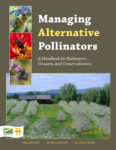
Managing Alternative Pollinators
Managing Alternative Pollinators: A Handbook for Beekeepers, Growers and Conservationists is a first-of-its-kind, step-by-step, full-color guide for rearing and managing bumble bees, mason bees, leafcutter bees and other bee species that provide pollination alternatives to the rapidly declining honey bee.
Greenhouse Energy Conservation Strategies and Alternative Fuels
Includes curriculum materials, extension bulletins, resource lists, and a greenhouse energy model that were developed with the intention that educators can use the materials in full or part to deliver programming on energy management and conservation for greenhouse production.
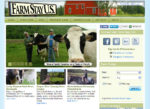
Farm Stay U.S. Website
This farmer-created, consumer-oriented website lists hundreds of farms and ranches around the country that offer accommodations.
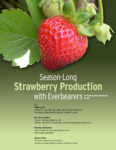
Season-Long Strawberry Production with Everbearers for Northeastern Producers
This 70-page guide outlines profitable production techniques and research on everbearing strawberry varieties, including information on both field production and the use of high tunnels for season extension.
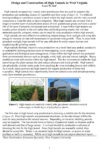
Design and Construction of a High Tunnel in West Virginia
Detailed information on hoop house or high tunnel construction, with specific considerations for West Virginia.

Trained Sheep Grazing Vineyard Floor
According to researchers, training sheep to have a food aversion is a simple process. However, there are important steps to follow to improve the strength of the aversion. This fact sheet describes the aversion training process.
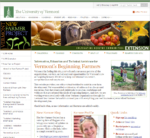
Resources for Vermont's Beginning Farmers
This website provides new and beginning farmers in Vermont with information to help them succeed.
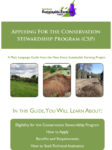
Applying for the Conservation Stewardship Program (CSP)
This plain language guide discusses eligibility and the application process for the USDA-NRCS Conservation Stewardship Program (CSP).
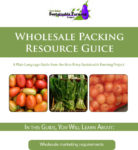
Wholesale Packing Resource Guide
This plain language guide is for farmers and ranchers interested in selling to supermarkets, produce distributors, restaurants and institutions.